The Assassination of Abu Jihad
Tunisia, 1988, 1:00 AM, a man lies in his bedroom when his phone rings. It's his assistant, informing him that his flight is booked for 3:00 AM that same day. Suddenly, a loud bang echoes through the house, and the man quickly arms himself in response.
Two hours earlier, 40 operators from Sayeret Matkal, Shayetet 13, and the Mossad land on a deserted beach in Tunisia, and begin to make their way to the house of the man known as “the father of the jihad”.
Khalil Ibrahim al-Wazir, known as Abu Jihad was revered as one of the most important leaders of the PLO and directly influenced the beginning of the first intifada. He was the co-founder and leader of the party Fatah alongside Yasser Arafat.
In the ’70s and ’80s, he was the head of Fatah’s armed wing, and responsible for planning dozens of terror attacks on Israeli citizens and soldiers.
It was without a shadow of a doubt that Abu Jihad was one of the most dangerous terrorists in the region. Israel had to take action.
This sparked one of the largest and most expensive operations in Israel's history, involving nearly every military branch, special forces unit, and security agency in the country, all working toward a single objective: finding and eliminating Abu Jihad.
By the late 1980s, Abu Jihad was expelled from both Jordan and Lebanon for inciting violence. He, along with other Fatah members, relocated to Tunisia and settled into villas in a tourist-friendly neighborhood. Despite being kicked out of the region, Abu Jihad continued his terror activities from his new base in Tunisia.
Little did he know that his decision to move to a popular tourist destination would be his downfall. Being in such an area made it significantly easier for the Mossad and security agencies to conduct surveillance on him, including tapping his phone and even obtaining precise measurements of his villa.
Meanwhile, back in Israel, Sayeret Matkal and Shaytet 13 began to train. They practiced landing and storming beaches, as well as conducting raids on a villa modeled after Abu Jihadis compound. However, several significant obstacles remained. How would the forces travel the 2500 km distance to reach the Tunisian beach, and how could they keep the mission, involving numerous collaborators, a secret?
The decision was made to keep most of the operators in the dark. The soldiers were not informed of their target's identity, being given only the code letters "A" and "J". This ensured that the mission remained confidential, with only a select few knowing the full details of the operation.
The challenge of traveling 2500 km to the target was a much more complicated problem to solve. Israel decided to deploy the largest naval force in Israel's history to Tunisia. The fleet consisted of five missile boats carrying Sayeret Matkal and Shayetet 13 operators, as well as Mossad agents. In addition, a large vessel disguised as a cargo ship carried a reserve Sayeret Matkal unit, with helicopters on standby for a quick extraction, and a Gal class submarine for underwater escort.
The air force also played a vital role, providing two Boeing 707 planes for intelligence gathering and electronic warfare. An F-15 was also dispatched to patrol the coastline for additional support. This operation was one of the largest in Israel's history, all for the purpose of taking out one man.
When reaching the shore, the force waited for confirmation that Abu Jihad was indeed in his villa.The Mossad, which was tapping his phone from Israel, was able to eavesdrop on his conversations with his assistant regarding the flight schedule and called him directly not once but twice. At 1:30 AM, once it was confirmed that Abu Jihad was in his villa, the operation proceeded as planned.
While the force was advancing towards the villa, they spotted one of the two guards monitoring the area from a parked car near Abu's residence. Two operatives dressed as tourists walked up to the car and killed the first guard. The force quickly moved up to the villa, and breached the front door, then split up and systematically cleared the house, taking out the second guard downstairs before making their way upstairs. There, they discovered Abu Jihad in his bedroom, armed with a pistol and accompanied by his wife.
Abu Jihad was shot 52 times, but his family was unharmed. After confirming the death of one of Israel's biggest enemies, the force made its way back to the shore and returned to Israel. It was only later that day that the world learned about one of the most successful operations in Israel's history, while the Israeli forces were still en route back home.


Leave a comment
This site is protected by hCaptcha and the hCaptcha Privacy Policy and Terms of Service apply.